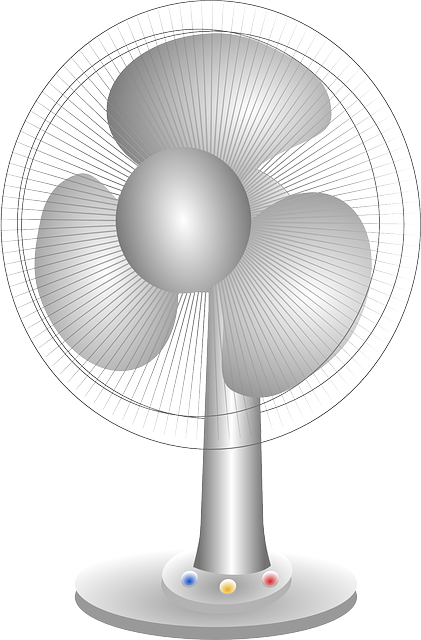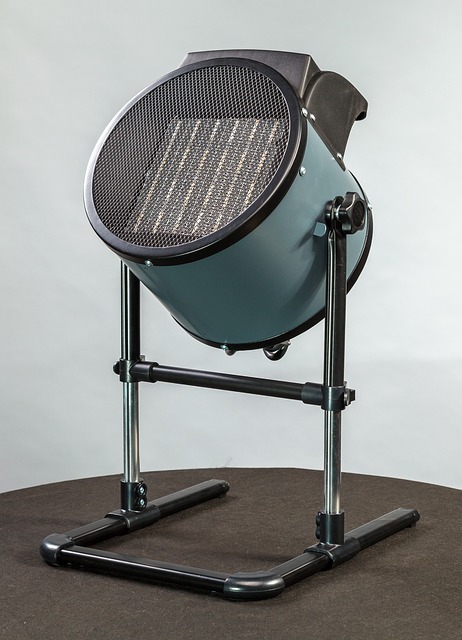Mold thrives in humid environments, making humidity control crucial for prevention. Key strategies include addressing moisture sources like leaks and poor ventilation, using dehumidifiers, and maintaining optimal indoor humidity (30-50%). Focus on high-risk areas like bathrooms and basements during inspections. Regular maintenance and strategic material selection also inhibit mold growth by reducing humidity levels.
“Stop mold in its tracks! This comprehensive guide unveils essential strategies to prevent this unsightly and hazardous growth. From deciphering the science behind mold’s love for humidity, to pinpointing high-risk areas in your home, and implementing top ventilation tactics—we’ve got you covered. Discover the power of dehumidifiers and material choices that deter mold. Plus, learn about regular maintenance routines for long-term protection against this common yet costly issue, ensuring a healthier, happier home environment.”
- Understanding Mold Growth: The Role of Humidity
- Identifying High-Risk Areas in Your Home
- Implementing Effective Ventilation Strategies
- Using Dehumidifiers: A Powerful Tool Against Mold
- Choosing the Right Materials for Mold Prevention
- Regular Maintenance and Inspection for Long-Term Protection
Understanding Mold Growth: The Role of Humidity

Mold thrives in environments with high humidity, making it crucial to understand and manage moisture levels to prevent its growth. Humidity control is a critical aspect of mold prevention; maintaining optimal conditions can significantly reduce the risk of mold developing in your space. Mold spores, the reproductive units of these fungi, require specific conditions to germinate and grow, with suitable environments often including dark, damp areas.
In many cases, excess humidity results from sources like poor ventilation, leaks, or high outdoor moisture levels. Addressing these issues is essential, as it not only stops mold but also improves indoor air quality. Implementing effective humidity control strategies such as improving ventilation, using dehumidifiers, and ensuring proper insulation can create an environment that discourages mold growth.
Identifying High-Risk Areas in Your Home

Identifying high-risk areas in your home is a crucial step in preventing mold growth. Mold thrives in environments with high humidity and poor ventilation, making some spaces more susceptible than others. Pay close attention to places like bathrooms, kitchens, and basements, as these often have elevated moisture levels. Water leaks, condensation on windows, and musty odors are red flags indicating potential problems.
Regularly inspect areas prone to water accumulation, such as around pipes, sinks, and appliances. Ensure proper humidity control for mold prevention by using dehumidifiers in damp spaces and fixing any leaky fixtures promptly. Adequate ventilation through open windows (when weather permits) or exhaust fans can also help regulate moisture levels, creating an environment less favorable to mold growth.
Implementing Effective Ventilation Strategies

Implementing effective ventilation strategies is a powerful tool in the fight against mold growth. Proper air circulation helps maintain optimal humidity levels, creating an environment that discourages mold development. By promoting dry air, these strategies act as a preventive measure, ensuring that moisture, a key ingredient for mold, doesn’t have the chance to thrive.
Focusing on improving ventilation in enclosed spaces can significantly reduce humidity control for mold issues. This includes opening windows, using exhaust fans, and installing air conditioning units or dehumidifiers. These methods actively remove excess moisture from the air, creating a healthier, less welcoming atmosphere for mold spores.
Using Dehumidifiers: A Powerful Tool Against Mold

Dehumidifiers are an effective and powerful tool in the fight against mold growth. High humidity levels create a fertile environment for mold spores to thrive, so maintaining optimal indoor humidity is key to prevention. By using a dehumidifier, you can reduce the moisture content in the air, creating an unsuitable condition for mold development.
These devices work by pulling in humid air and condensing the moisture, leaving behind drier air. This process not only helps control humidity but also reduces the risk of various health issues associated with excessive moisture, such as allergies and respiratory problems. Regularly monitoring and maintaining a healthy humidity level, ideally between 30-50%, can significantly deter mold from taking hold in your home or workspace.
Choosing the Right Materials for Mold Prevention

When it comes to preventing mold, choosing the right materials is a proactive step towards creating an environment that discourages its growth. Incorporating moisture-resistant and breathable substances into your construction or renovation projects can significantly reduce humidity levels, which is the primary fuel for mold development. Think beyond traditional options; consider advanced materials designed with built-in antifungal properties, or those treated with natural compounds known to inhibit mold growth.
Effective mold prevention also requires a holistic approach that addresses humidity control for mold. This means selecting materials that not only resist moisture but also facilitate its escape. Ventilated walls, attics, and crawl spaces are prime areas to focus on, as proper ventilation helps regulate humidity levels, making it harder for mold spores to thrive.
Regular Maintenance and Inspection for Long-Term Protection

Regular maintenance and inspections are vital components of a long-term strategy to prevent mold growth. By implementing proactive measures, homeowners can significantly reduce the chances of mold taking hold in their properties. This involves addressing any potential sources of moisture and maintaining optimal humidity levels, as mold thrives in damp environments. Regularly checking for water leaks, ensuring proper ventilation, and using dehumidifiers in areas prone to high humidity are effective ways to manage these elements.
Additionally, scheduling frequent inspections allows for the early detection of any signs of mold or water damage. This proactive approach enables homeowners to take immediate action, addressing issues before they escalate. It’s essential to inspect hard-to-reach areas, such as basements and attics, where mold often hides. By combining regular maintenance with thorough inspections, individuals can effectively safeguard their homes from the destructive power of mold.
